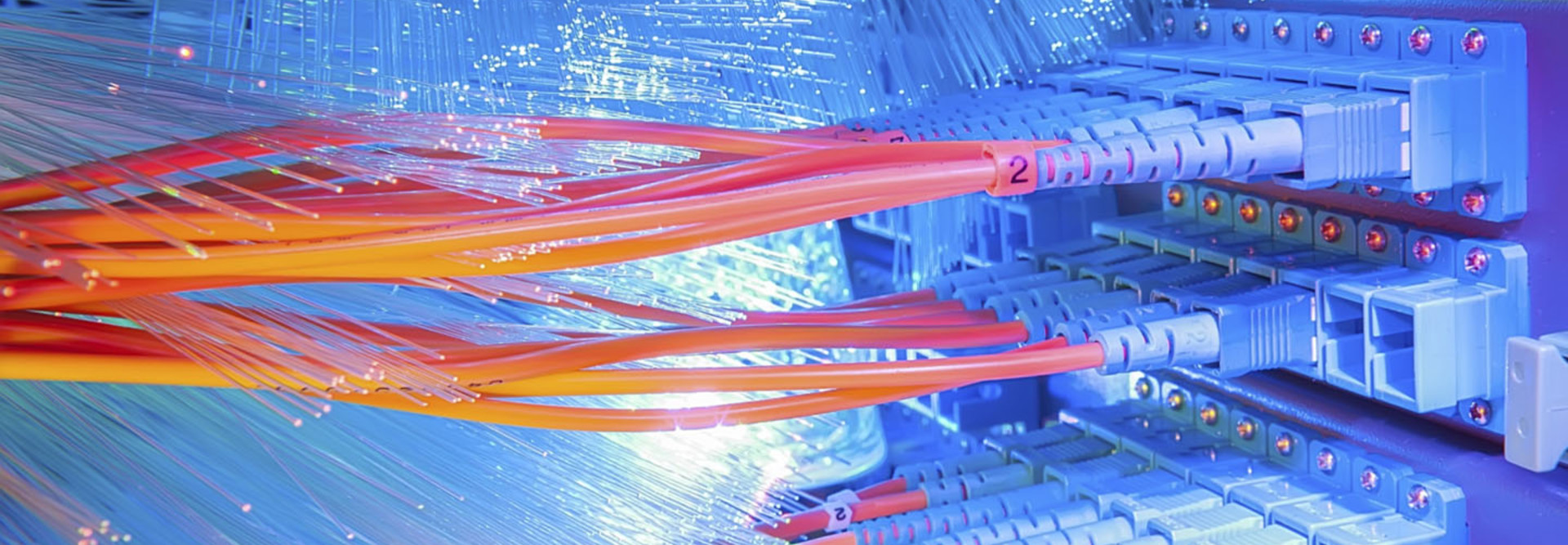Strong Networks: The Backbone for Modern Learning
About two years ago, officials at J. Sterling Morton High School District 201 in Cicero, Ill., faced the facts: They needed a better network.
“My school board president, Jeffry Pesek, told me that students got better connectivity at the local Starbucks or McDonalds than they did at the high school,” recalls Superintendent Michael Kuzniewski. “He kept pushing us to modernize the network so we could give students and teachers the tools they need to succeed.”
The district deployed HP 2920 edge routers in four buildings, along with an HP 7500 Series chassis for wireless access, and a 10 Gigabit Ethernet uplink between the wiring closets and the core router, at district headquarters. IT leaders also deployed a series of HP MSM430, 460 and 466R wireless access points to all district buildings. The 466R APs provide Wi-Fi in outdoor recreational areas including the football field.
Kuzniewski says the network refresh serves many purposes. J. Sterling Morton needed an upgraded network to comply with a state requirement that all students take annual assessments online. The wireless network supports the district’s one-to-one computing initiative to provide a notebook to all 8,600 students.
The one-to-one rollout began with this year’s freshman class and will continue with the next three incoming freshman classes. “Our goal is that after a four-year period, all high school students will have a notebook,” Kuzniewski says.
A new network enables the district to use technology to make education more interactive. Kuzniewski says J. Sterling Morton plans to use more online textbooks in the future, and he wants teachers to use the latest online resources and video tools.
Brad Casemore, research director for data center networks for IDC, says modernizing the network was a major step forward for the district. “IT organizations have reached a point where they realize that traditional network architectures and operational models are inefficient and will not scale,” he says. “Today, network upgrades are not just about more bandwidth, but also about gaining operational agility and efficiency.”
30%
The percentage of enterprise organizations reporting that their network and architecture teams primarily influence or control decisions about network infrastructure purchases
SOURCE: IDC, “SDN Survey: Big Changes for Datacenter Networking Operations and Personnel,” June 2014
Future-Proof an Upgrade By Supporting Video
The Westmark School in Encino, Calif., upgraded its core and wireless network to deliver video applications to students and support tablet computing, says IT Director Jennifer Miranda-Rivera.
Early last summer, Westmark deployed two Brocade VDX 6740 core routing switches and integrated them with existing Brocade ICX 6450 switches located in wiring closets throughout the school. “We can reach up to 1,000 megabits per second with the new networking gear,” Miranda-Rivera says.
In addition, the school rolled out 38 Aruba Instant IAP 225 wireless access points around campus. “We did that mainly to future-proof our wireless network as new devices come out that support 802.11ac,” she says.
Teachers at the private school for students with learning differences, such as dyslexia and ADHD, sometimes need to teach on the fly if lesson plans aren’t working. “If they want to show students a YouTube video, they can do that,” Miranda-Rivera says. “There are no more complaints from teachers that they can’t get on Wi-Fi or can’t stream a video.”
Miranda-Rivera appreciates being able to use the new network to segment application traffic. “It’s really important for us to segment that traffic so we can deliver optimum performance to all of our users, especially our teachers,” she explains. “Students use the tablets to view YouTube videos, run Google Apps, and access the student information system and other streaming video programs.”
Three Considerations for Network Upgrades
Brad Casemore, research director for data center networks for IDC, offers three factors IT managers should keep in mind before embarking on a network upgrade:
- Consider moving to the cloud. Unless the organization started from scratch and went directly to the cloud, it’s time to think about which infrastructure and applications might be cloud-worthy. Most organizations start with test environments and then slowly migrate storage and servers.
- Reduce costs by virtualizing everything. Think about what the organization has already saved with server virtualization. Depending on the organization’s size, there are thousands of dollars or more in potential savings from virtualizing your network and security infrastructure.
- Retrain the network staff. Network engineers previously concerned themselves only with MAC and IP addresses. But today, many need security credentials to take on Tier 1 tasks such as reviewing log files, data correlation and working with intrusion detection and prevention systems.









